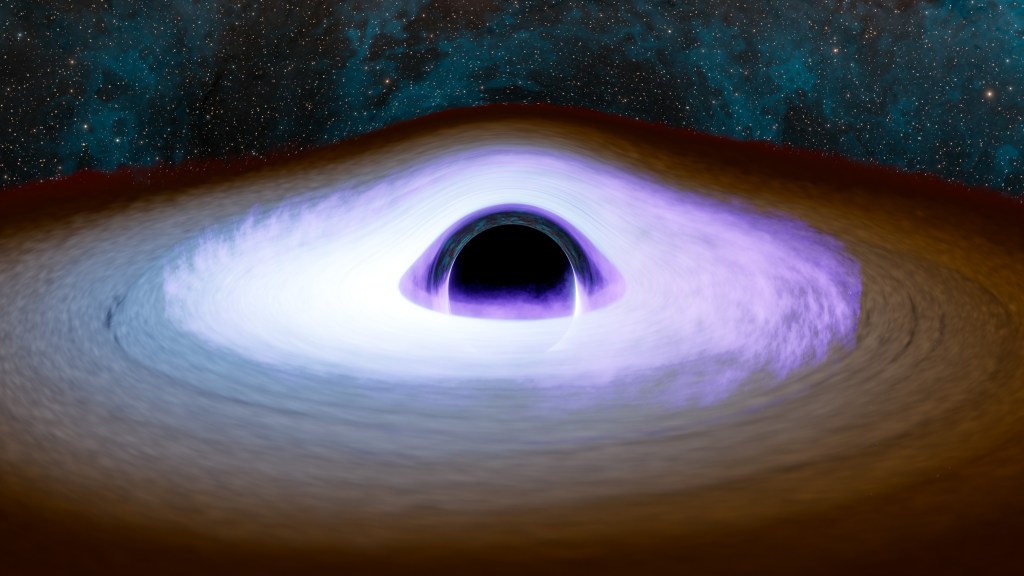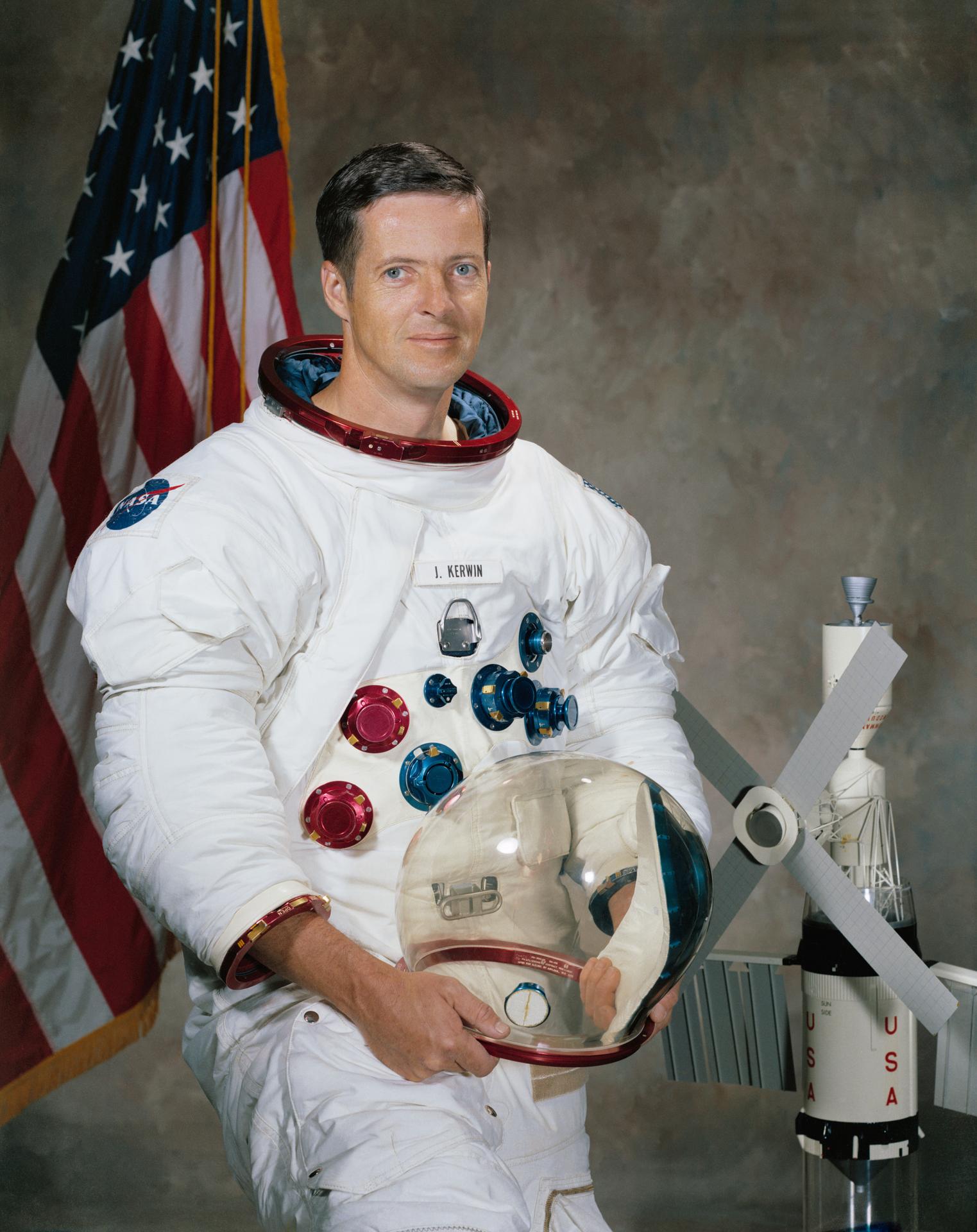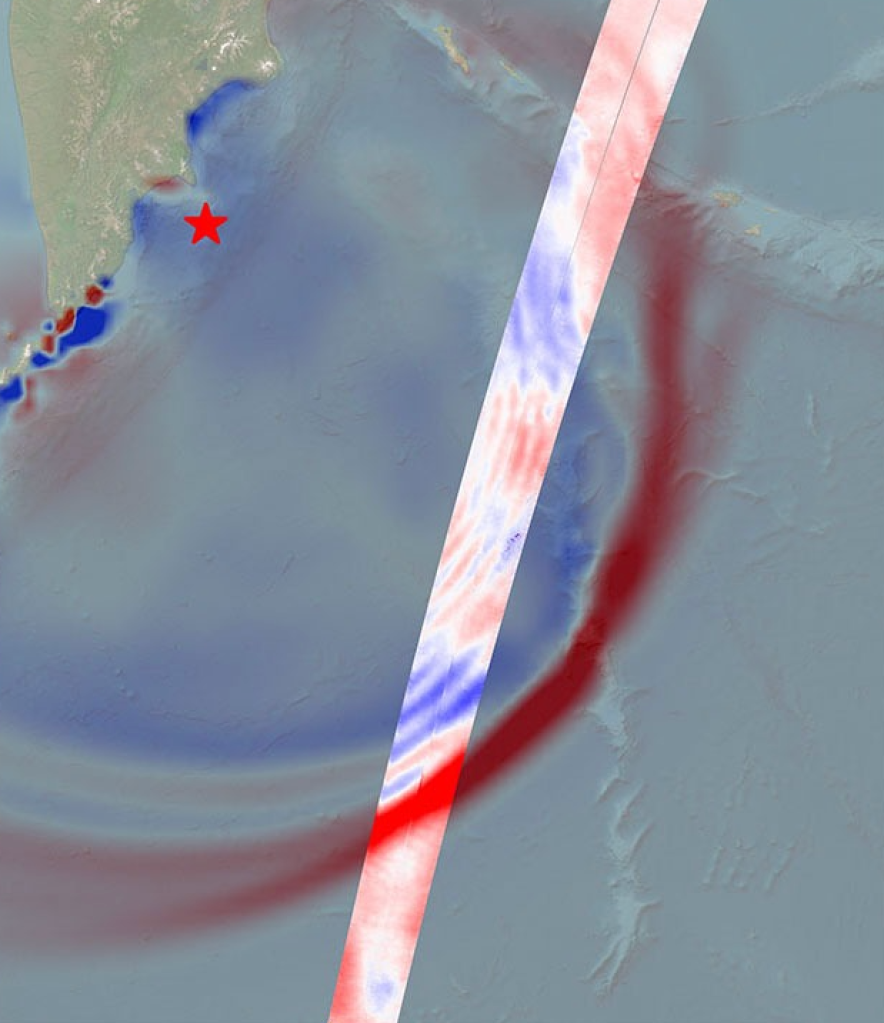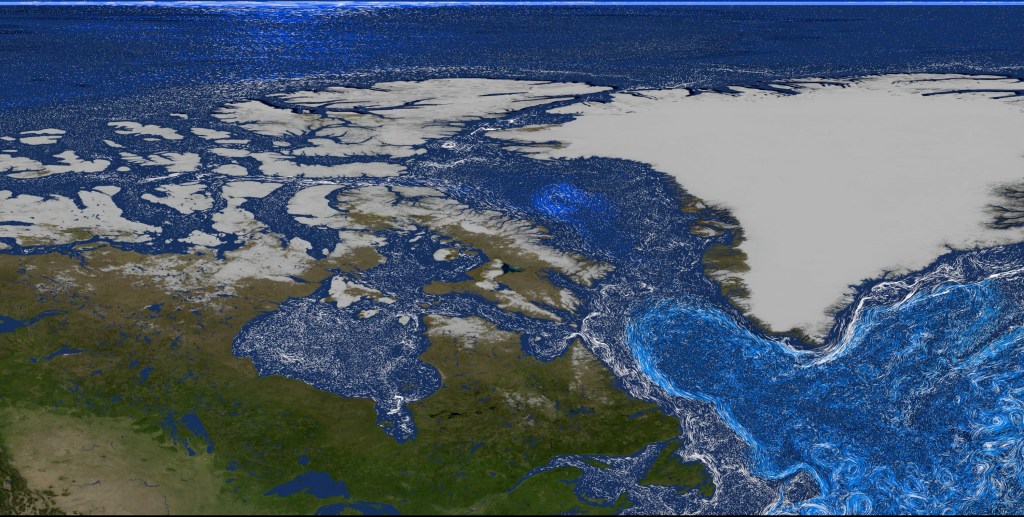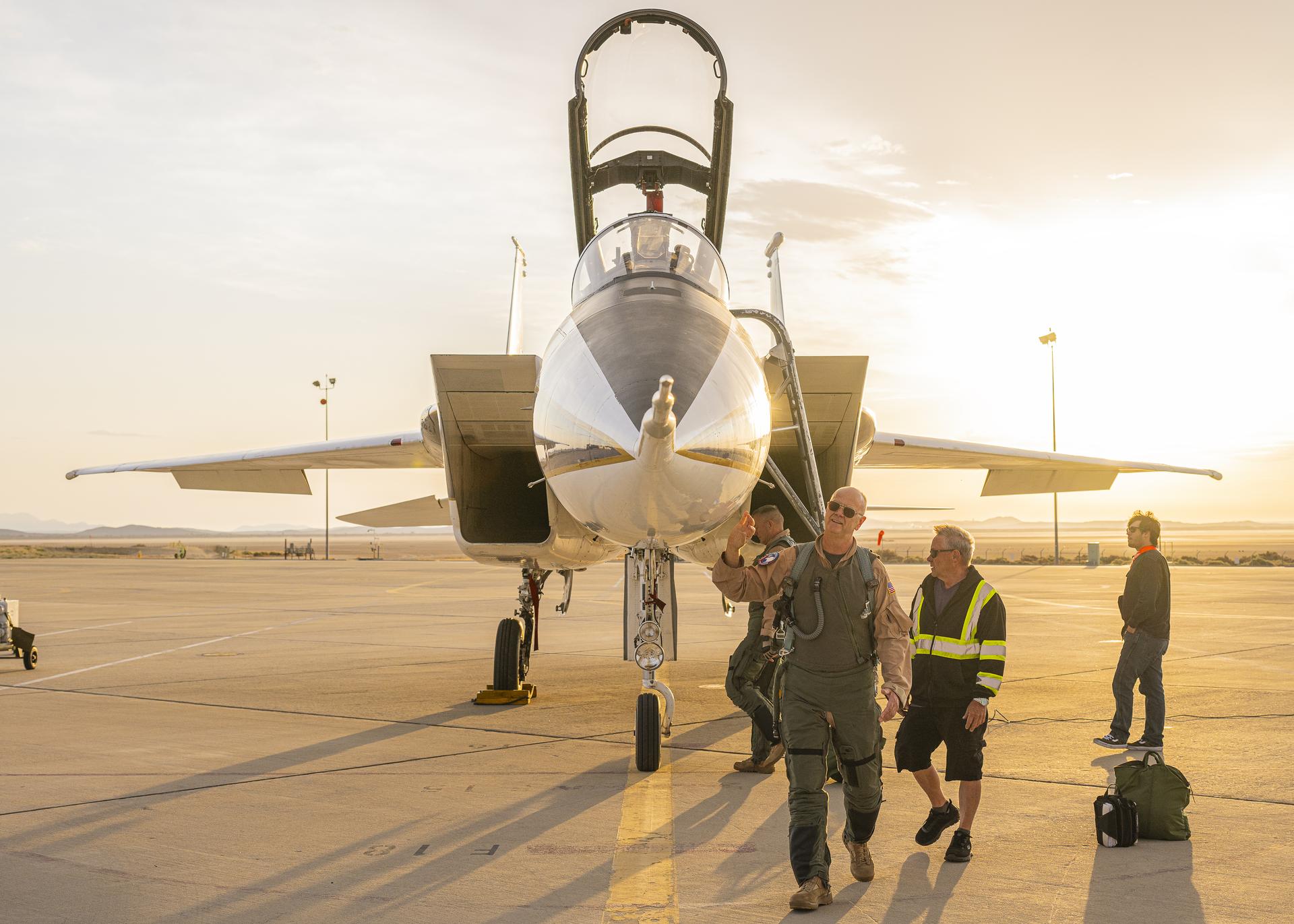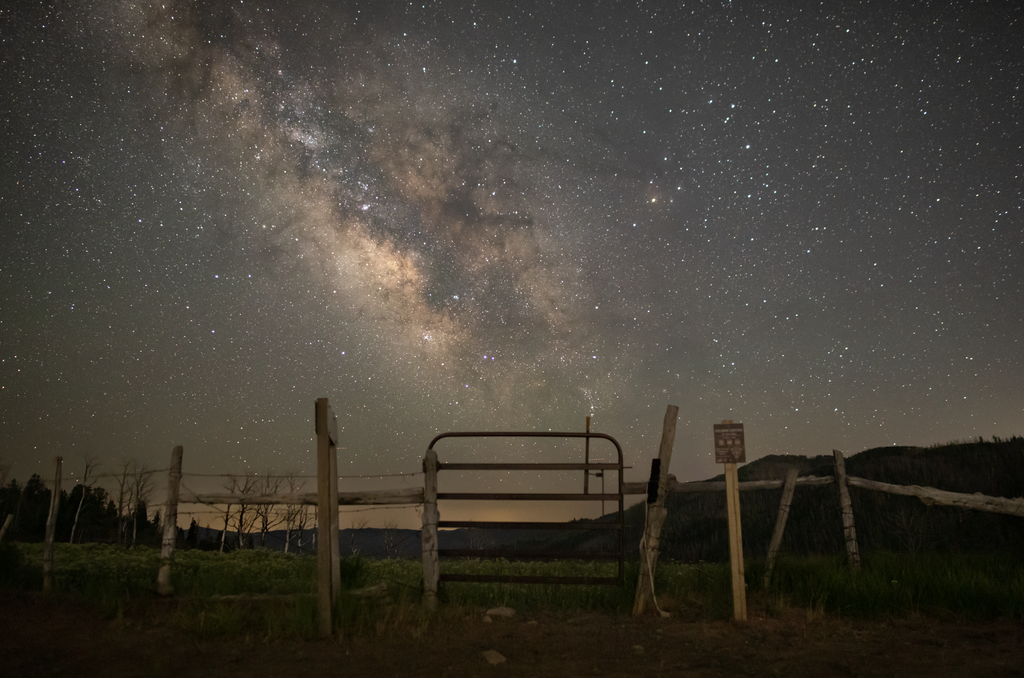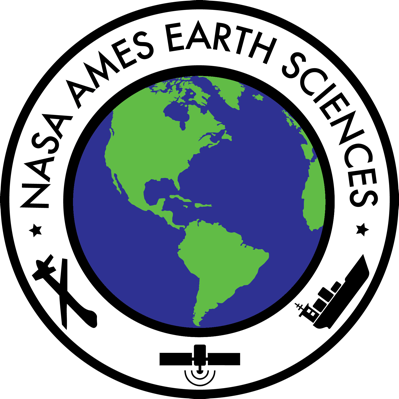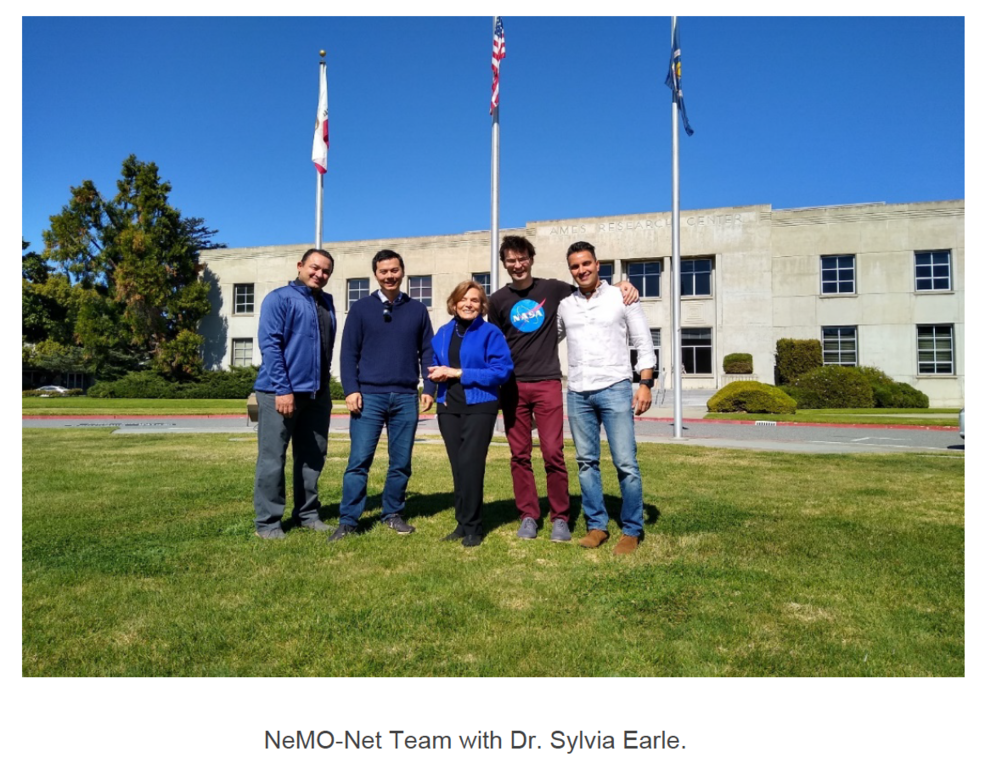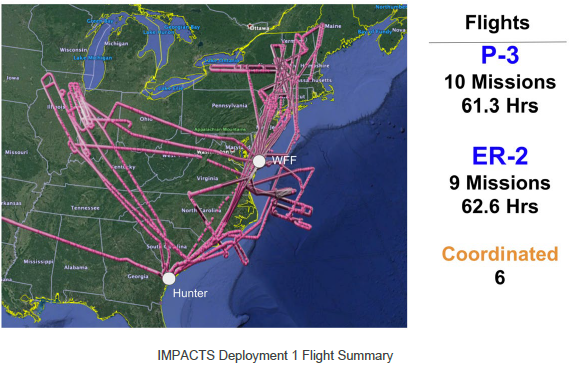Significant announcements:
26th March 2020
- NASA Science – As an outcome from Applied Science initiatives at Ames, a feature article was posted to the NASA Science website on 20 March 2020 highlighting the project partner, Carlee McClellan, from the Western Water Applications Office (WWAO) Navajo Drought project. This human-interest piece chronicles Carlee’s life and career path alongside the current partnerships with NASA (PI Amber McCullum) and the Desert Research Institute (collaborators Justin Huntington and Britta Daudert). The article was also featured on NASAEarth’s Twitter page for World Water Day (22 March 2020).Link: https://science.nasa.gov/earth-science/applied-sciences/making-space-for-earth/carrying-water-for-his-community-carlee-mcclellan-navajo-nation
- Major adjustments in work style, focus and schedules due to the COVID-19 distancing protocols – ESPO managed NASA airborne missions and other programs and projects at ARC are experiencing major schedule delays due to COVID-19. Ames staff are focusing on data analysis, publications/proposals/reports writing, and computer-aided design work. Staff is adjusting to the telework style of managing workflows and productivity as travel, lab work and mission-critical flight and instruments work are on hold while NASA Ames is at Level 4.
- The NASA ARSET webinar series – Using the UN Biodiversity Lab to Support National Conservation and Sustainable Development Goals begins on 24 March 2020. This three-part training, offered by the ARSET team (Amber McCullum and Juan Torres-Perez) in partnership with the UN Development Programme (UNDP), will teach participants about global biodiversity-based uses of remote sensing. There is a global demand for more NASA ARSET trainings focused on biodiversity, conservation, the UN Sustainable Development Goals (SDGs), and how to link NASA satellite data to ecological and human-influenced systems. This training aims to fill that gap by extending the influence of this NASA-supported tool and increasing its dissemination, use, and overall success. This training highlights the NASA-funded UN Biodiversity Lab, which makes global datasets on biodiversity and sustainable development easily accessible, supporting our broad audience. The training will be offered in English, Spanish, and French to a global audience, with over 1,000 participants registered. Link: https://arset.gsfc.nasa.gov/land/webinars/un-biodiversity-2020
- 24 March 2020: Introduction to Spatial Data and Policies for Biodiversity
- 31 March 2020: UN Biodiversity Lab: Introduction and Training
- 7 April 2020: How are Countries Using Spatial Data to Support Conservation of Nature?
19th March 2020
- Satellite Observations Aid Bison Management – The Earth Observatory at the EOS Project Science Office (GSFC) has posted a feature story on the new publication by Christopher Potter (SGE) in the journal Landscape Ecology that has shown a strong linkage between the effects of climate change, the productivity of grasslands, and the proliferation of bison in Yellowstone National Park. This study, using two decades of MODIS satellite data, showed that the annual period of vegetation growth has been getting longer on the winter range of Yellowstone National Park, likely due to the decreasing severity of winters and warming average temperatures. (NASA Earth Observatory image by Joshua Stevens, using data from Potter, C. (2020). Story by Abby Tabor, NASA Ames Research Center, and Mike Carlowicz). Link: https://earthobservatory.nasa.gov/images/146389/satellite-observations-aid-bison-management
- Major adjustments in work style, focus and schedules due to the COVID-19 distancing protocols – ESPO managed NASA airborne missions and other programs and projects at ARC are experiencing schedule delays due to the COVID-19 situation. Ames staff is focusing on data analysis, publications/proposals/reports writing, and computer aided design work. Staff is adjusting to the telework style of managing workflows and productivity as travel, lab work and mission-critical flight and instruments work are on hold.
- Project “What is the role of natural wetlands, lakes and reservoirs in the contemporary global methane cycle? Integrating new approaches to source characterization, observation-anchored models, and CarbonTracker-CH4 assessments” – Results from the NASA ARC led (PI: Matthew Johnson) Interdisciplinary Research in Earth Science (IDS) Program project (proposal number: 16-IDS16-0089*) on high latitude lake type classification and methane emission, which have been submitted for publication review, have gained high-level interest resulting in being asked to participate in the NASA Arctic Boreal and Vulnerability Experiment (ABoVE) Carbon Synthesis Project.
- The JPL-led ELEVATE (Enhanced Levels of Emissions in Volcanically Active Tropical Ecosystems) initiative conducted a field campaign and team meeting 8-16 March near Liberia, Costa Rica. Ames Earth Science Division Deputy Division Chief Florian Schwandner initiated and has been co-leading the initiative since 2015. Ecologists and volcanologists from McGill University (Canada), Stanford University, Michigan Technological University, the University of Costa Rica (UNA), and JPL successfully conducted ground measurements of enhanced soil CO2 degassing and ecological responses in the tropical forest on the flanks of Rincon del la Vieja volcano in Guanacaste province, Costa Rica. This initiative aims to develop into an airborne (manned and unmanned) mission to harvest and analyze data of an ongoing natural experiment in CO2 fertilization in tropical rainforests, providing a window into the future of the tropical land biomass response to a high-CO2 atmosphere. Ames will play a crucial role in this potential mission, which would be in strong support of a future SBG (Surface Biology and Geology) Designated Observable satellite mission. This initiative funded to date mostly through JPL internal seed funds has led to a number of publications and press coverage recently, including a cover story in AGU’s EOS and several more publications are in writing. Link: https://eos.org/articles/forests-respond-to-volcanic-emissions
12th March 2020
- NeMO-NET (The Neural Multi-Modal Observation & Training Network for Global Coral Reef Assessment) – Last week, the NeMO-Net team hosted renowned oceanographer Dr Sylvia Earle at the NASA Ames Research Center. Dr. Earle was named “Hero of the Planet” in 1998 by Time Magazine former NOAA Chief Scientist and has been a very strong advocate for the conservation of the oceans worldwide. Through her NGO, Mission Blue, Dr. Earle has been collaborating with NeMO-Net and past projects. This time she was updated on the progress of the project and also recorded a series of educational video clips that will be part of NeMO-Net’s app field guide for coral identification and reefs characterization.
- IMPACTS (Investigation of Microphysics and Precipitation for Atlantic Coast-Threatening Snowstorms) – The deployment was successfully completed at the end of February. The instrument de-integration and equipment return to AFRC was completed this week. The IMPACTS team is scheduled to hold a science meeting in late July at the University of Washington in Seattle. The team reconvenes in ~ 9 months for deployment #2 in winter 2020-21. The chief objective of this Earth Venture Suborbital-3 (EVS-3) investigation managed by ESPO is to improve predictive capability for East Coast snowstorms. Link: https://espo.nasa.gov/impacts
- The NASA Earth Expeditions blog covered IMPACTS in an online article on March 12, 2020: https://blogs.nasa.gov/earthexpeditions/2020/03/12/prepping-for-a-high-altitude-flight/
- EXPORTS (the EXport Processes in the Ocean from RemoTe Sensing) – This ocean-borne field campaign has been deemed mission critical so ESPO is at the Woods Hole Oceanographic Institute (WHOI) shipping critical equipment for the two research vessels to sail in the North Atlantic in April. EXPORTS is a large-scale NASA-led field campaign that will provide critical information for quantifying the export and fate of upper ocean net primary productivity using satellite observations and state-of-the-art ocean technologies.
- * This field campaign has now been postponed to a TBD date.
5th March 2020
- IMPACTS (Investigation of Microphysics and Precipitation for Atlantic Coast-Threatening Snowstorms) – The chief objective of this Earth Venture Suborbital-3 (EVS-3) investigation managed by ESPO is to improve predictive capability for East Coast snowstorms. The IMPACTS 2020 deployment was completed on 29 February 2020 and the ER-2 returned to Palmdale on 2 March 2020. The team flew 61.3 hours on the P-3 and 62.6 hours with the ER-2, over storms in the Midwest, the Northeast, and the South. It was a very successful deployment, even with a low number of suitable winter storms. The team achieved coordinated P-3/ER-2 flights in the congested airspace of the Eastern US. The IMPACTS team is scheduled to hold a science meeting in late July at the University of Washington in Seattle. The team reconvenes in ~ 9 months for deployment #2 in winter 2020-21.
- Surface Deformation and Change (SDC) Study – As a part of the SDC Study, Ames Research Center (ARC) recently completed a flight dynamics cross-calibration study with Langley Research Center (LaRC). The purpose of this study was to determine the coverage and revisit rate of several potential SDC architectures while ensuring that LaRC and ARC converged on identical assumptions and definitions for future independent flight dynamics studies. This ensures a consistent approach to future studies that the SDC team will request from ARC or LaRC. SDC is a space-based synthetic aperture radars observing system identified in the 2017 Earth Science Decadal Survey. It entered a multi-Center, JPL-led five-year pre-phase A study in late 2018.

